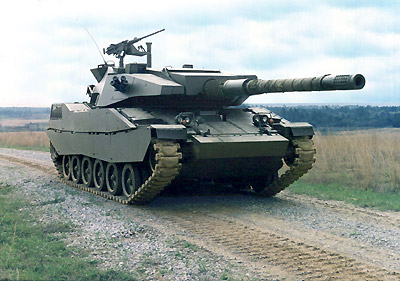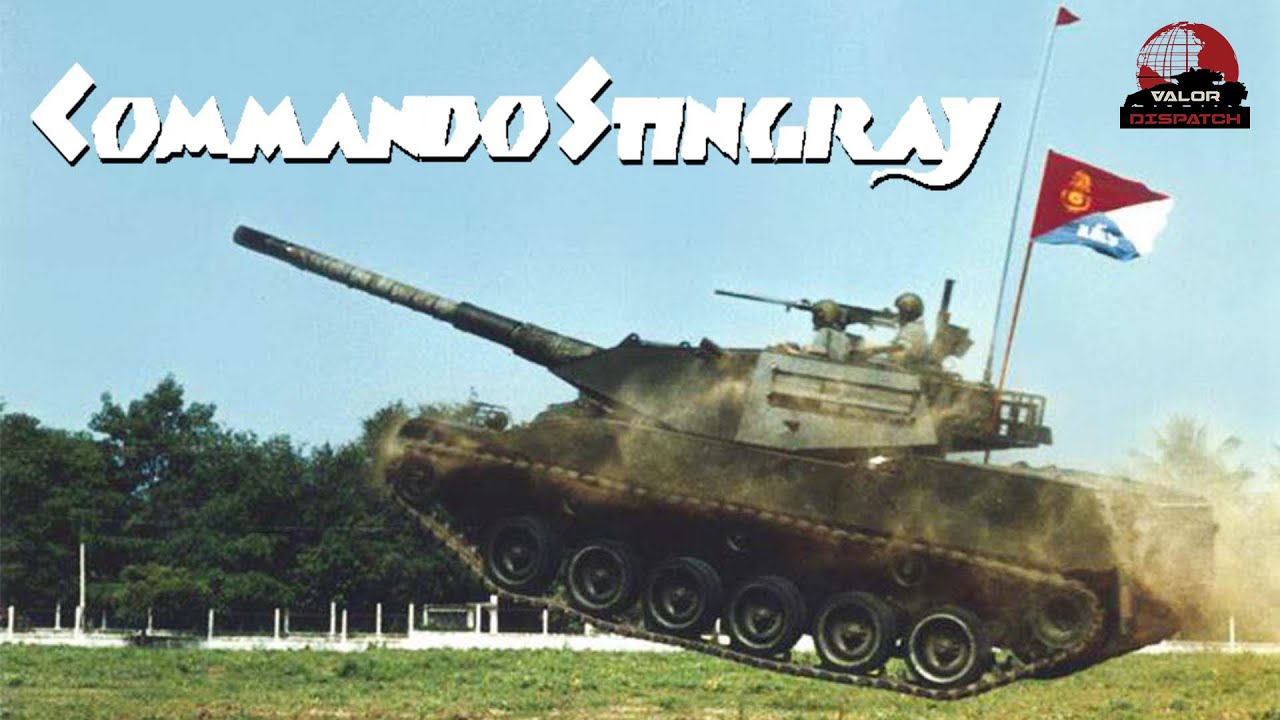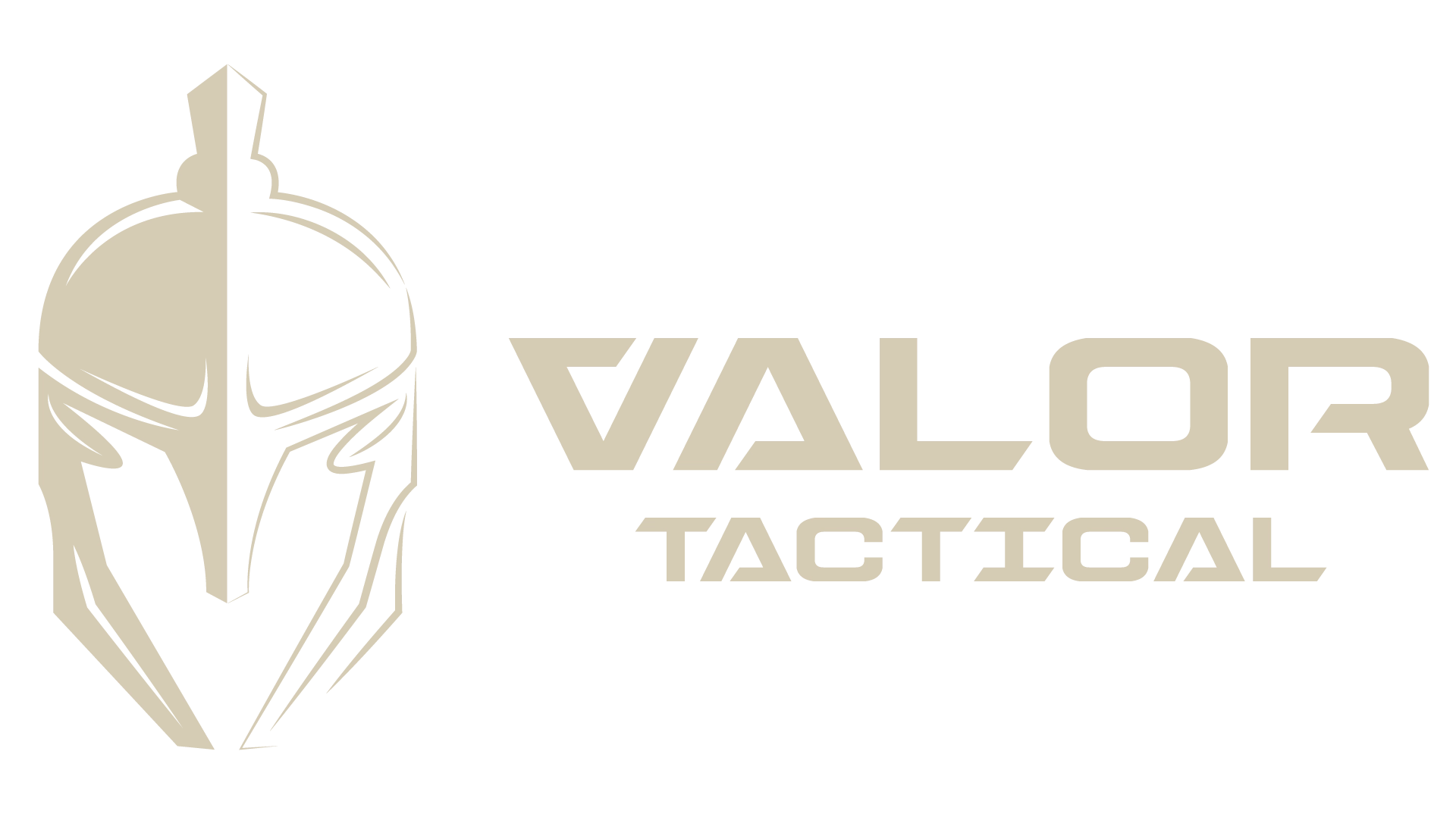This is due to the fact that its performance does not meet the needs of the US military as much as it should.
This has led several companies to start developing new armored vehicles to compete in the Sheridan tank replacement program.

General Motors, which brought in an 8x8 wheeled armored vehicle armed with a 105 mm cannon,
Teledyne, which has developed the Expeditionary Tank to have a crew of only 2 people.
and the Cadillac Gage Company, which developed a light tank called the Commando Stingray.
We can say that the Stingray Commando tank currently in use by the Thai Army was created from the need to find a new tank for the US Army.
The Stingray Commando tank was developed in the late 1970s and was designed with the requirement that it be lightweight,
It is agile and can be transported by transport aircraft, which makes the turret of the Commando Stingray not very high.
This made it easier to transport on transport aircraft. To make the tank lighter, the material used was an alloy steel called Cadaloy.
It is the same material used for the armor of other Cadillac Escalade wheeled vehicles, such as the V-150 Commando.
and LAV-300

The Commando Stingray's primary weapon is the 105 mm L7A3 tank gun, which was produced by Royal Ordnance.
The United Kingdom's L7A3, which is the L7A3 LRF or Low Recoil Force, is a tank gun with low recoil.
And of course, this gun supports all types of NATO standard 105mm ammunition.
In terms of weapons, the little brother has one 7.62-caliber M240T coaxial machine gun and one 12.7-caliber M2 anti-aircraft machine gun.
There are also 66 mm electronic smoke grenade launchers mounted on both sides of the turret, with four tubes on each side.
In the early stages of development, the turret of the Stingray Commando tank, which was completed first, was mounted on the M551 Sheridan, as seen in the picture.
In terms of the vehicle itself, the development team of the Commando Stingray used the same torsion bar used on the M109 self-propelled howitzer to develop the vehicle.

It produces around 535 horsepower, which allows our stingray to reach speeds of up to 69 kilometers per hour on hard, smooth road surfaces.
For combat management systems such as the main iron sight, fire control system, surveillance camera, and range finding system, they are all digital-electronic systems.
In addition, the various systems inside the vehicle allow the tank to operate both during the day and at night.
This made the Commando Stingray one of the most advanced light tanks of the 1980s.
But in the end, in 1992, the US Army selected the Close Combat Vehicle Light as the winner over other armored vehicles.
However, the project to procure a new armored vehicle to replace the Sheridan light tank was shelved due to budget problems.
And even though the Commando Stingray tank lost to the project,
But Cadillac Gage has already set its sights on marketing the Commando Stingray tank.
Focusing on international customers who are US allies
At the same time, Thailand is also looking for new tanks.
Cadillac Gage has also brought the Commando Stingray tank to be tested in Thailand along with other tanks.
Such as the SK-109 tank from Austria, the Vicker Mark 3 tank from the United Kingdom, the TH-301 tank and the Leopard 1 tank from West Germany.
Finally, in 1987, Cadillac Gage was selected as the winner to produce a new tank for Thailand, with the Army ordering 106 Stingray Commando light tanks.
The Commando Stingray light tank entered service with the Royal Thai Army in 1989, giving it the official designation Light Tank 32. Despite its occasional problems in service, the Commando Stingray
It has been improved, modified and repaired by both the government and private sectors, making it usable until today.
Currently, the Stingray Commando light tanks are in service with the 26th Cavalry Battalion and the 9th Cavalry Regiment.

Because in the 1990s, the Thai Marine Corps had a need to procure about 15 tanks, and the Commando Stingray II was also submitted for the competition, but was defeated by the ASCOD light tank.
From Austria. However, the ASCOD tank did not continue because the Marine Corps cancelled the procurement project.


